The last thing a cancer, rheumatoid, or any other incurable disease patient can imagine is that the first step of treatment is to make a dialogue with the cells of the disease itself!
These are the findings of an Egyptian medical team in the Department of Radiology and Biophysics at the Faculty of Science, Cairo University, who managed to make extensive dialogues with millions of human cells with cellular disease, known as cancer.
At the end of the dialogue, they came to a very important conclusion; "Dialogue with cancer is the therapeutic solution", and the reason for the spread of chronic diseases generally and their recurrence is due to the failure of conducting a dialogue with them. They found that the disease can be a future friend. This is, of course, depends on the way we talk to cells, and the success of the dialogue mechanism with them, among them, and then with various body organs, making a friendship bond among the organs, especially after a transplant to avoid rejecting the transplanted organ by the body.
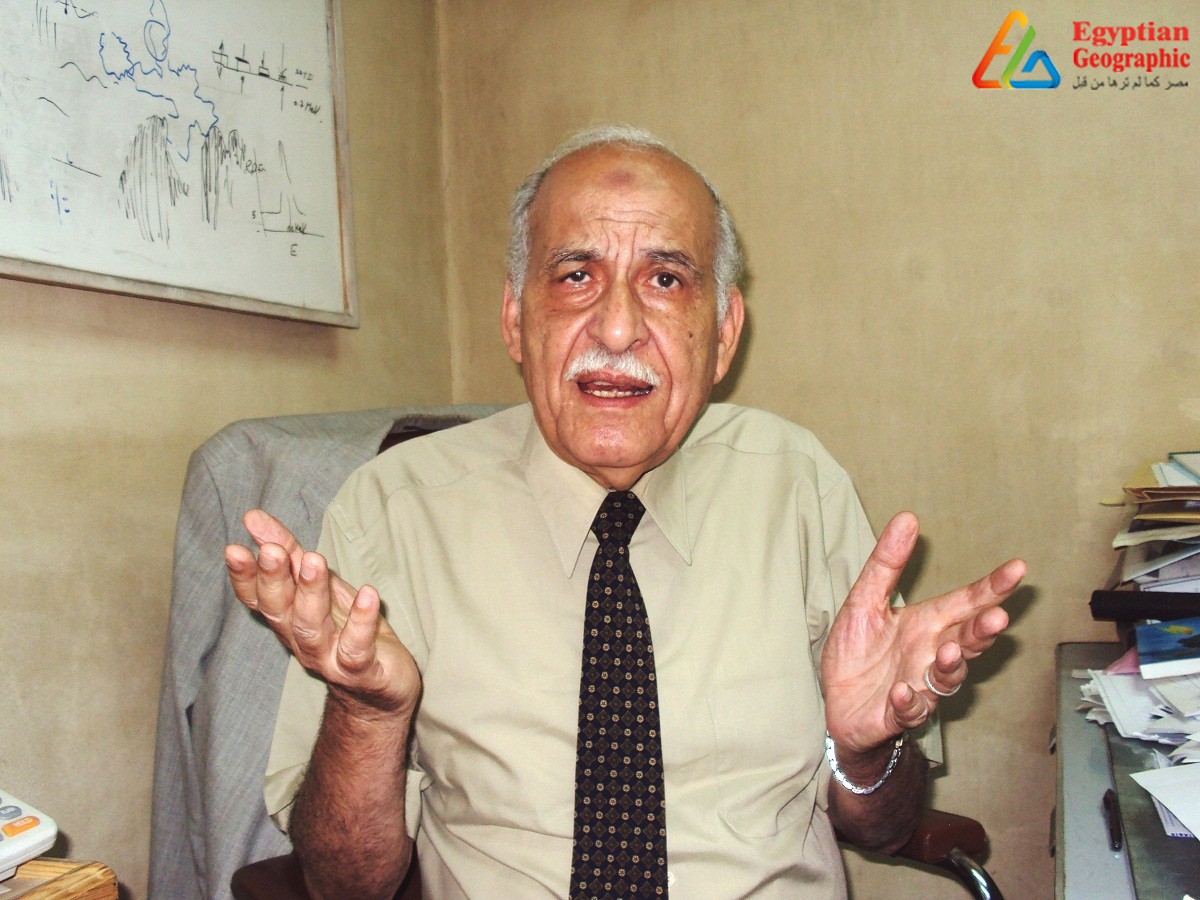
In the past two decades, world scientists have tried to know how to make a dialogue with cells to redress their behavior. This is what Egyptian physicist Ahmed Zewail with his American team tried to reach regarding DNA cells, in order to predict fatal genetic diseases. However, there are billions and billions of human cells, and that is why it is difficult to make a dialogue with them. There are, for example, 14,000 billion neurons, of which 9 billion are in the brain, spread over 64 brain regions.

Hence the significance of the theory reached by the Cairo University team regarding the dialogue with cells, which was announced by the Egyptian scientist Dr. Fadel Mohammed Ali in 1998. He refused to accept the Nobel Prize in Chemistry in 1998 and 2002 because the academy insisted on the need to disclose the theory, by which he would be able to make a dialogue with human cells. Today, he regrets the plot against him by approving the theory and adopting it in the most prestigious journal of nanotechnology in mid-2005, "electromagnetic biology and medieine". It is the "electromagnetic resonance metabolic" theory, which examines conducting dialogue among living cells, making a linkage among them, and the way the disease is transmitted from one cell to another, as well as how to contact, and control cells.
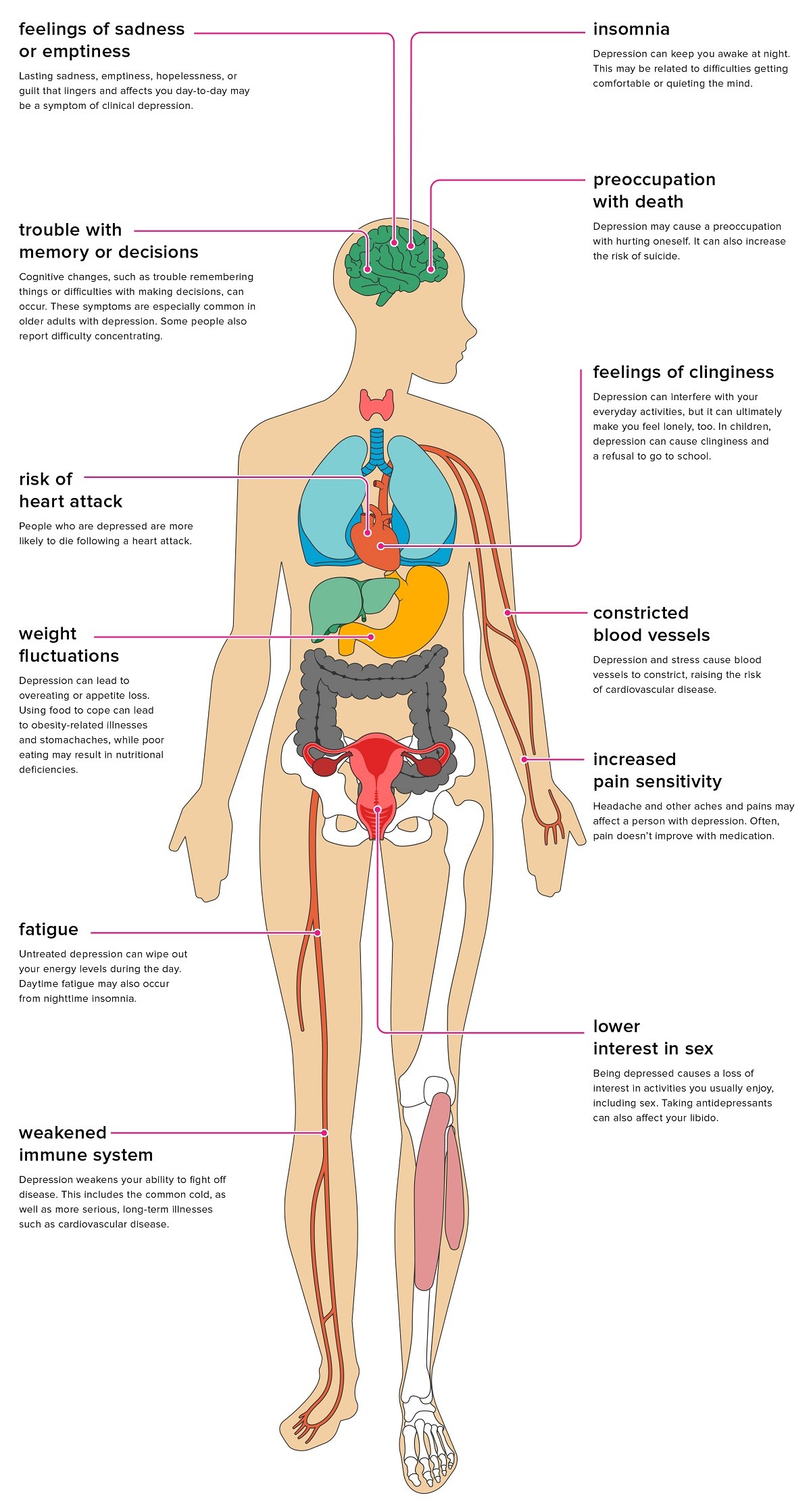
The results of this theory enabled Dr. Fadel to reveal a new method of controlling breast cancer cells remotely as a part of the initial stage, transforming cancer cells into normal cells, as well as controlling microbes and fungi that infect humans and plants, with the aim of stopping their activity altogether.
Dialogue with cells is conducted via electromagnetic signals sent by the cells. Each process within the cell has its own signal, like fingerprints. Cell activity is similar to man's activity himself, in a way that the cell eats, drinks, loves, hates, and excreted wastes. Moreover, the theory reveals the form of these electromagnetic signals, and tries to interfere with their activity through resonant dialogue. The first succeeded dialogue with cancer was in 1998, and it was through listening to breast cancer cells in mice.

Doctors said there were many unknown diseases, such as rheumatoid, "the decay of the immune system," which results from the lack of understanding among cells, as this serious disease is only a deficiency of the immune system. They noted that after analyzing signal forms, they managed to intervene in the dialogues of the immune system by sending equivalent electromagnetic signals, indicating at the same time that if the signals are not equal, the activity decreases and man dies.




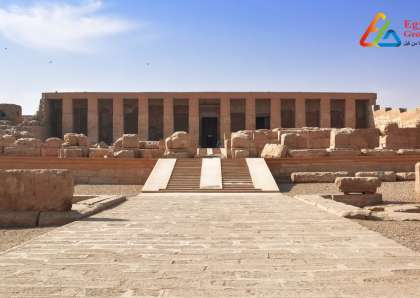
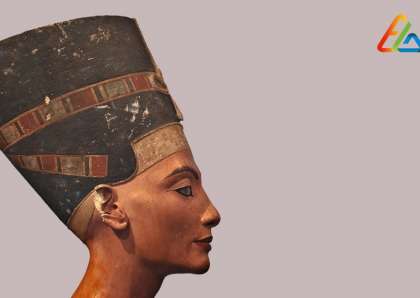
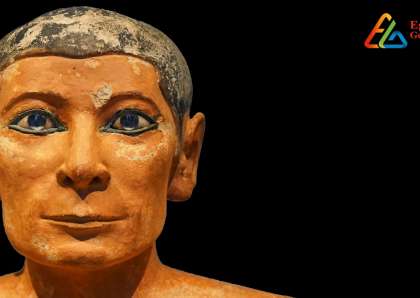

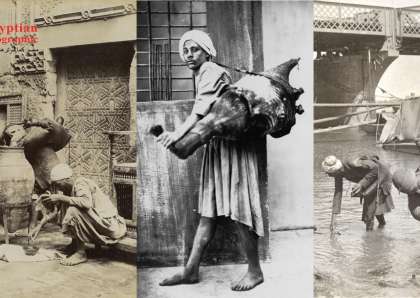




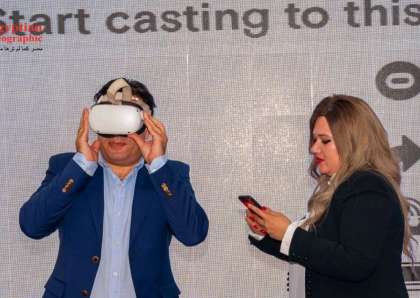














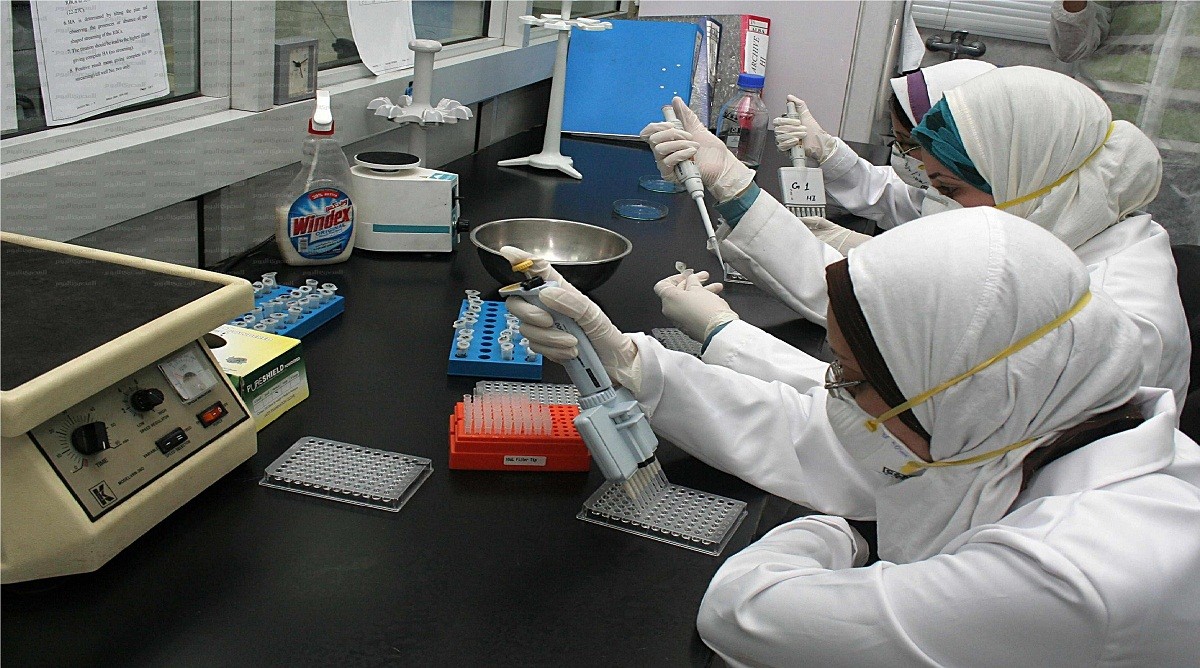




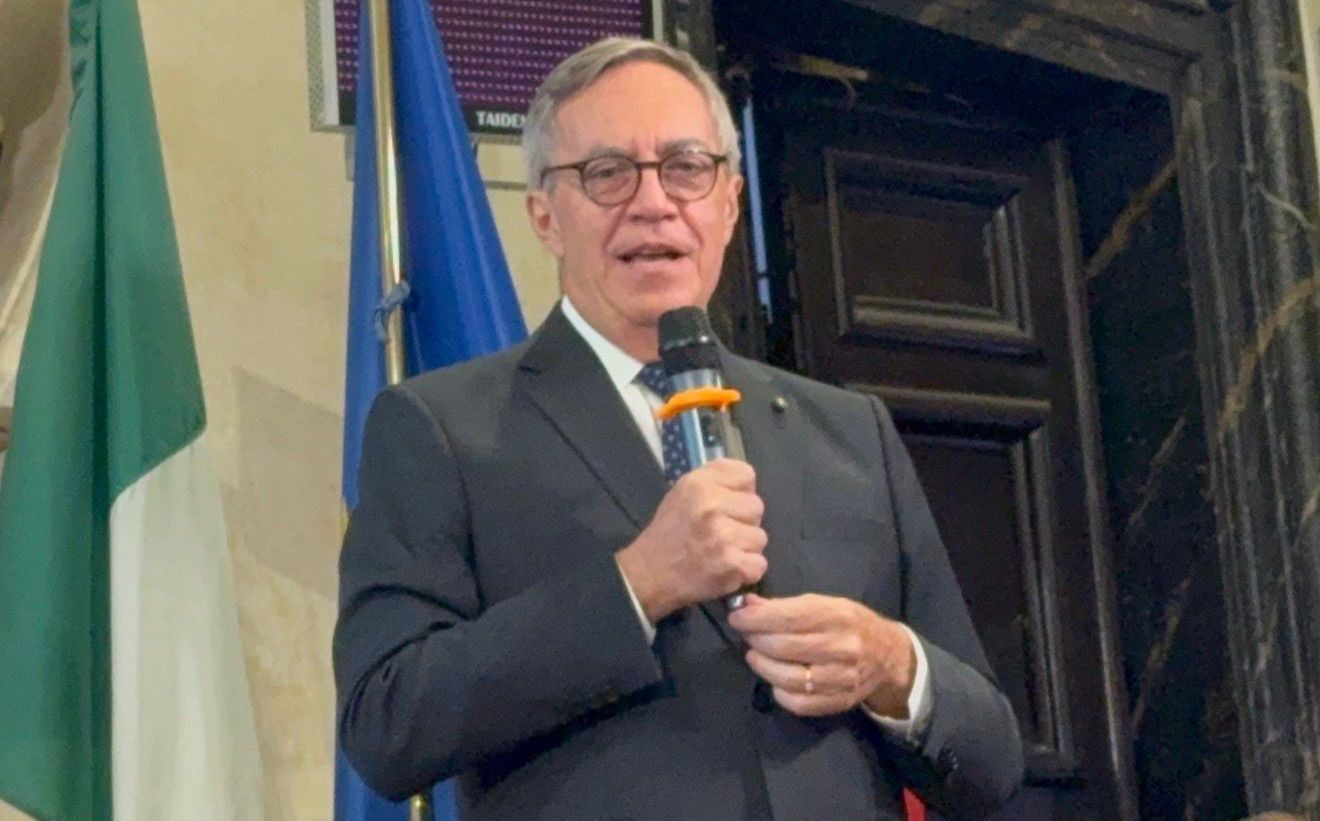

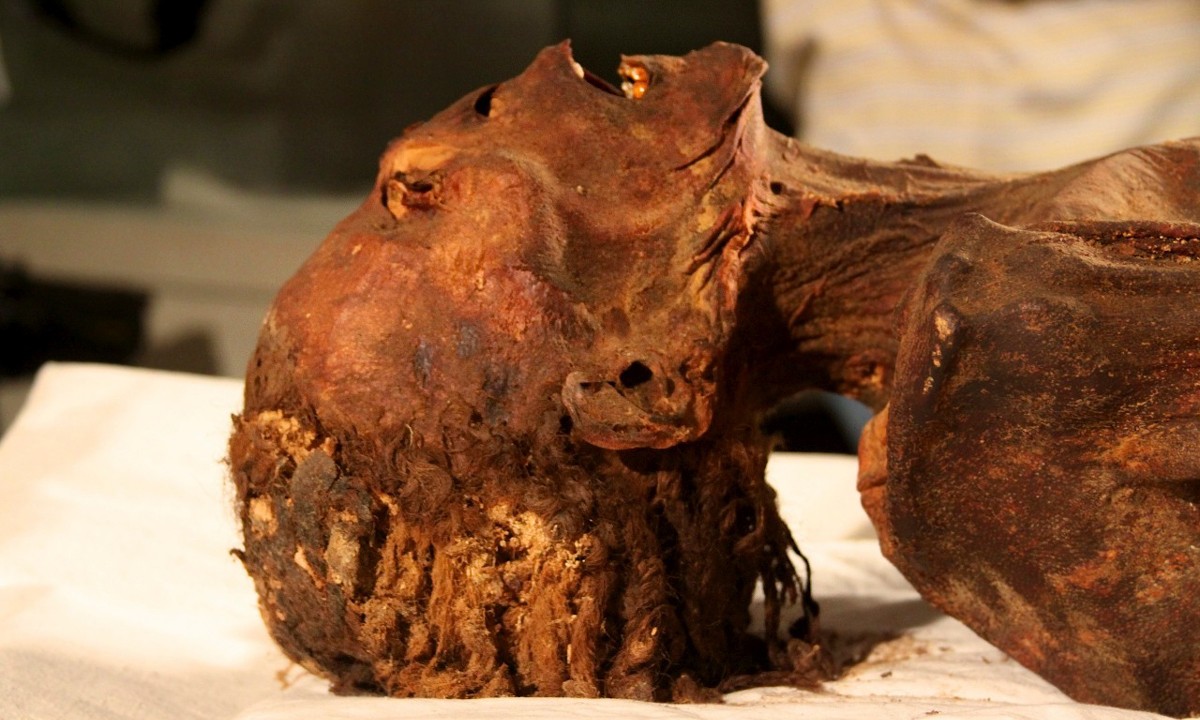





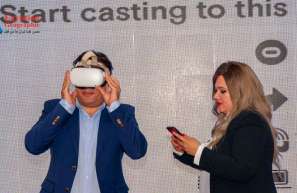






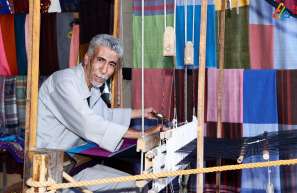
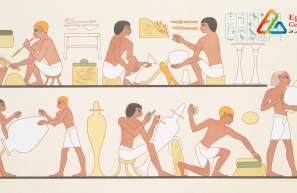












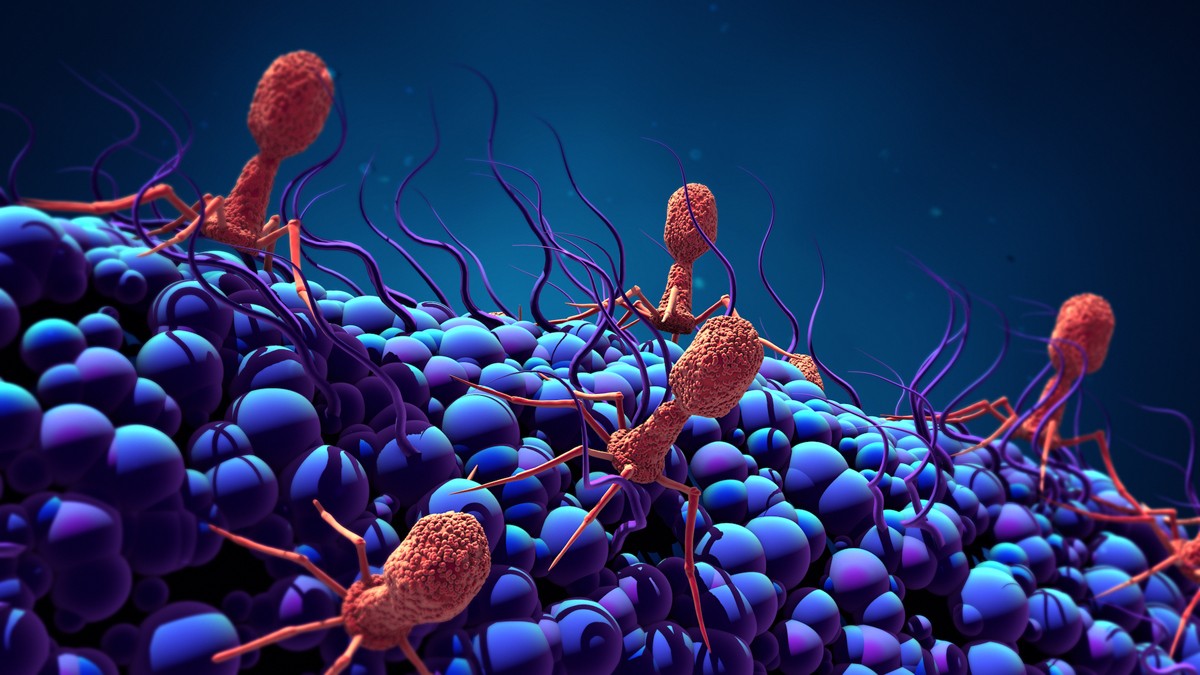
مجلة علمية معرفية وثائقية تتناول الشخصية المصرية